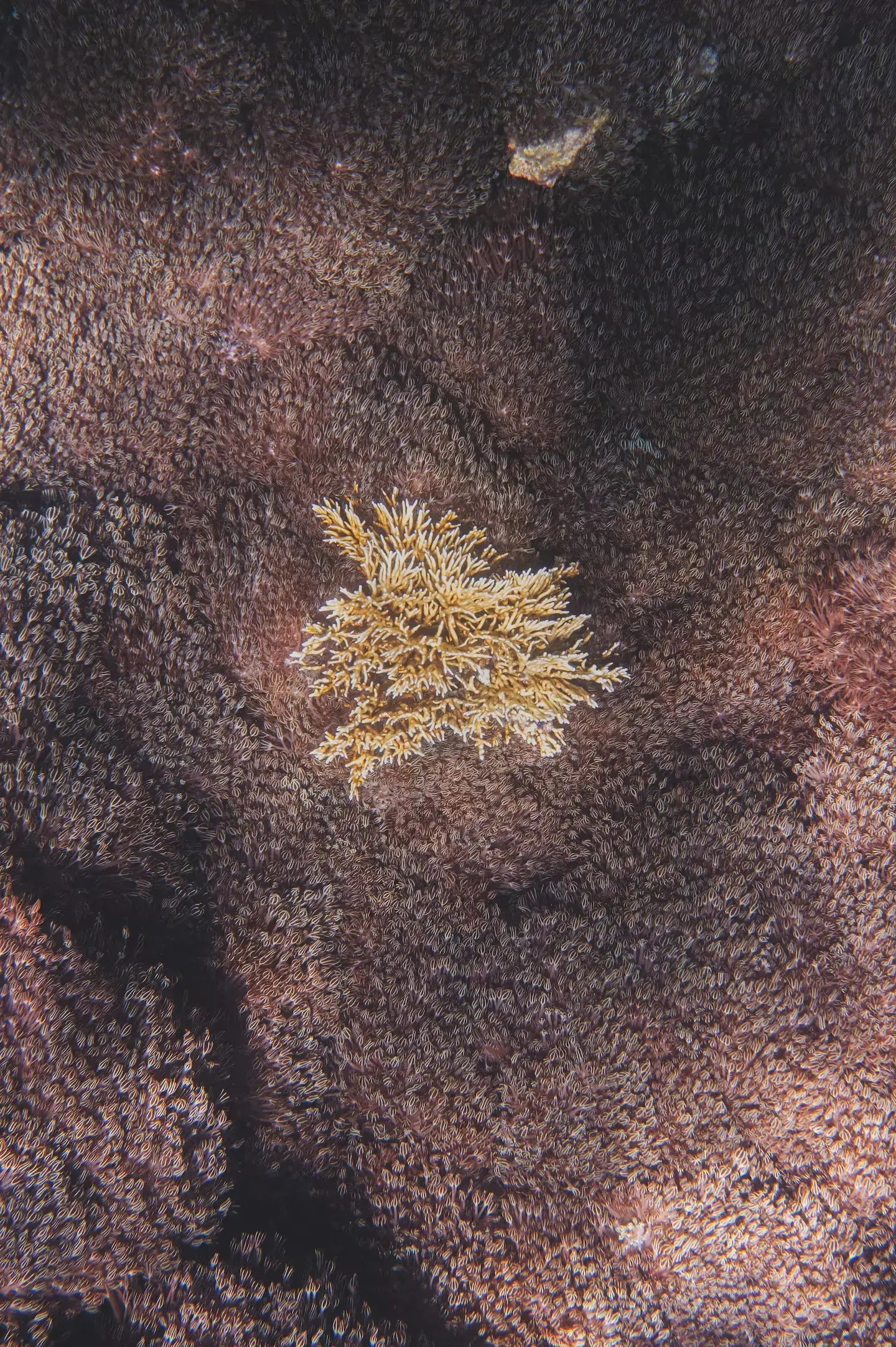
As scientists rush to save ailing corals elsewhere, in Venezuela locals are trying to kill off this stinky variety.
VALLE SECO, Venezuela — Estrella Villamizar grabbed the soft red and white coral by its stem and hacked it off with a blow of her wooden knife before tossing it in a bucket with other pieces she’d already ripped out of the Caribbean waters lapping against this deserted beach.
On the sea bed, stretching for a distance as far as the eye could see, a blanket of the dark coral swayed in the warm current.

As a nonprofit journalism organization, we depend on your support to fund more than 170 reporting projects every year on critical global and local issues. Donate any amount today to become a Pulitzer Center Champion and receive exclusive benefits!
As ocean temperatures reach record highs, scientists elsewhere have been rushing to save reefs, moving coral to land nurseries to preserve it and dreaming up novel ways to cool it off at sea. But here in Venezuela, reefs face a different kind of lethal threat: Unomia stolonifera, an invasive coral species that is smothering native varieties.
Hailing from Indonesia, the slimy cauliflower-looking coral has expanded across the shores of four states in Venezuela, covering at least some 1,000 square miles.
“At this point, it is almost certain that it will invade the entirety of the Caribbean,” says Villamizar, a tropical ecology professor at the Central University of Venezuela.
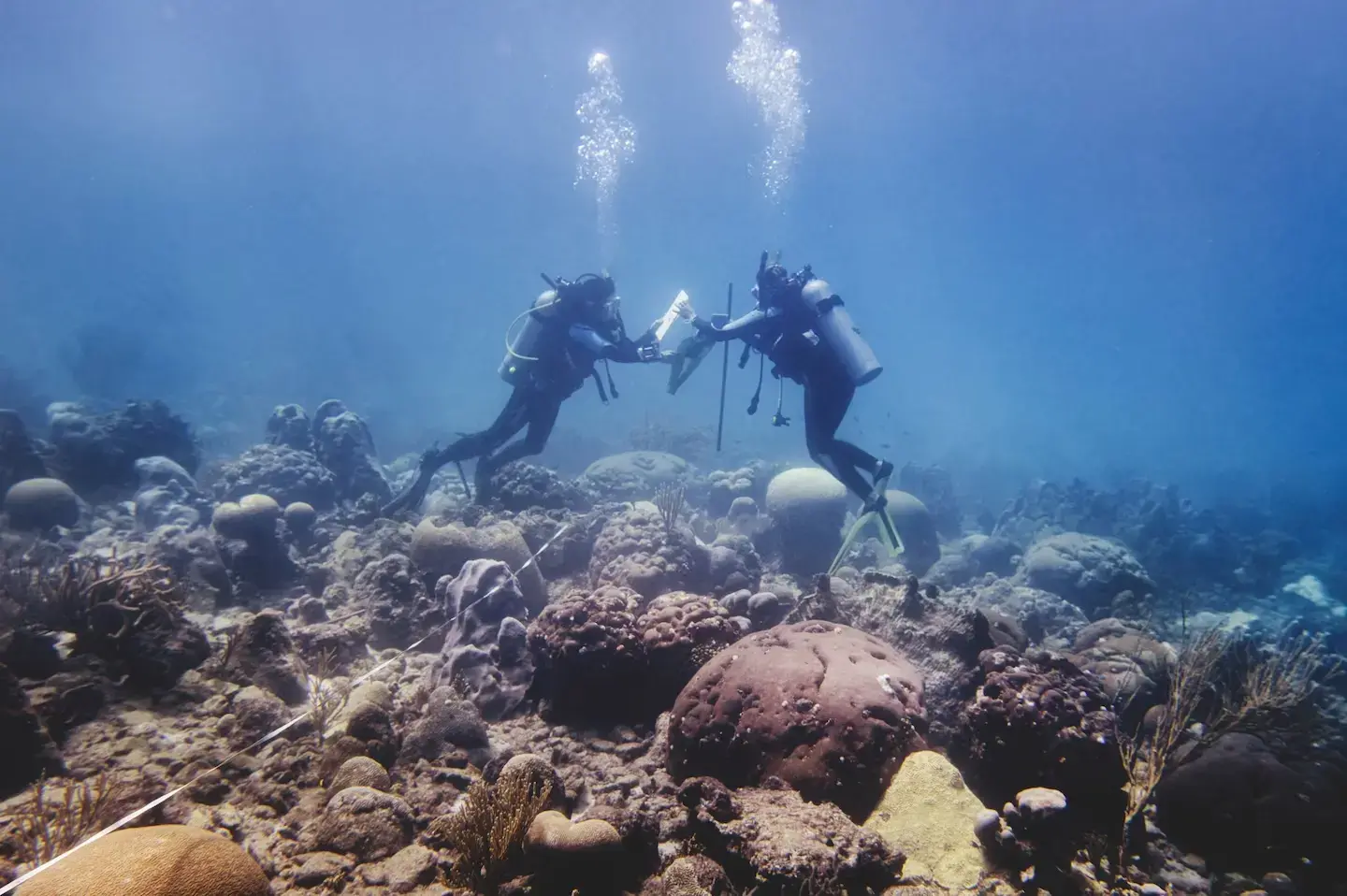
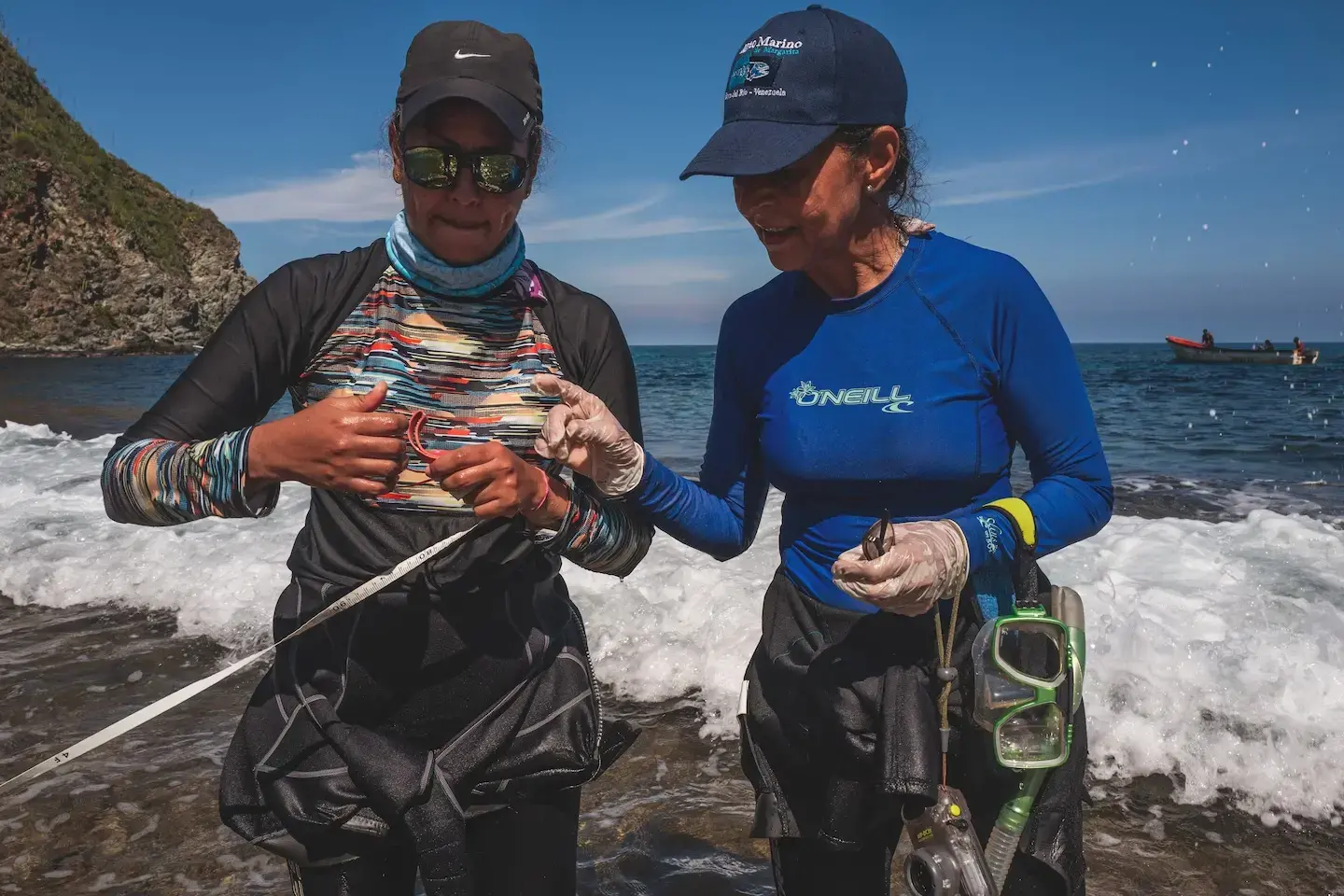
She is part of a team of biologists, chemists, villagers, and entrepreneurs fighting to keep Unomia at bay. It’s a battle they’re waging with limited tools. Years of economic duress have hollowed out the Latin American country’s research centers. Government budgets to do this kind of work, meanwhile, are nonexistent. So they have to come up with out-of-the-box approaches, from creating underwater hacking machines to finding ways to turn the slimy coral into a usable product, making its harvesting a profitable business.
If left unchecked, Unomia could decimate local reefs and the animals and plants that depend on it.
Already, it’s devastating local villages. Fishers report that last year was one of their worst. Israel Sosa, a longtime fisherman in these waters, says his haul has dropped from about 33,000 pounds of Albacore fish in a 48-hour shift just a few years ago to closer to 220 pounds.
“If it kills the native coral, it would completely end the coast’s life,” says 55-year-old César Jove, who spends his afternoons cleaning the beach for tourists about 310 miles away, where Unomia made its first appearance more than a decade ago.

Ground zero
Marine biologist Juan Pedro Ruiz-Allais was the first to spot Unomia in 2007 inside Mochima National Park in northeastern Venezuela, where he spent most of his childhood. As soon as he spotted the tentacle-looking stems, he realized it was not a native species.
According to local fishermen, an aquarist allegedly introduced the coral to the area, hoping to harvest it and sell it as fish tank decoration. In its native Indonesia, Unomia has natural predators, such as sea slugs, that keep it in check. But without a natural predator outside of the Indo-Pacific, it’s spiraled out of control in Venezuela, Ruiz-Allais said.
Surveys he conducted along with other researchers showed Unomia taking over other species of coral and seagrass beds that serve as food sources and nurseries for fish and other animals. Some of these areas were already battered by overfishing and pollution.
Ruiz-Allais also found the invasive coral has proved to be more resilient than its native counterparts, thriving in a much broader range of temperatures and light.
The researcher said he alerted the government of the invasive species years ago but didn’t get a response.
The Ministry of Ecosocialism did not respond to a request for comment. Several people familiar with the matter said the government has barred researchers who depend on it for funding from talking about Unomia.
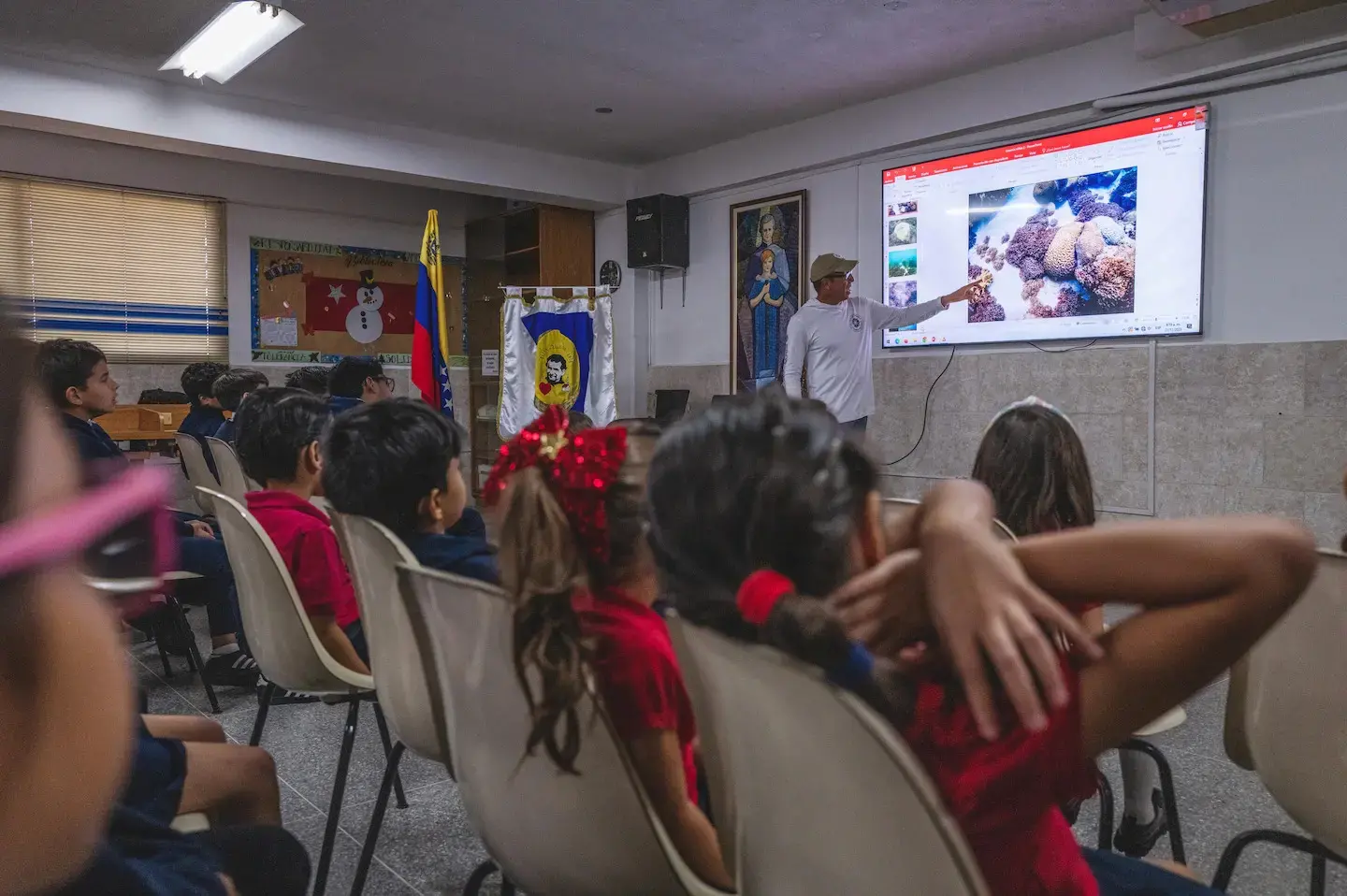

So Ruiz-Allais created a nonprofit, the Unomia Project, that has focused on educating citizens on how to identify the invasive coral and prevent it from spreading. They advise fishers to clean their nets and beach goers to wash bathing suits and diving gear that came into contact with Unomia.
Their budget, made up mostly of donations, hasn’t stretched far enough to cover a full-fledged census of the invaders, never mind eradicating them.
Based on the group’s observations, Ruiz-Allais calculates that more than 100 kilometers — or more than 60 miles — of shore, and about 8 million square meters — three square miles — of seabed are covered by Unomia in Mochima National Park alone.
Now, Ruiz-Allais fears that Venezuelan oil vessels are transporting the invasive coral to Cuba, where it started showing up last year, according to Cuban marine biologist José Espinosa Sáez.
In Valle Seco, some locals who depend on fishing and tourism have taken to ripping it out by hand using makeshift wooden knives.
Aside from looking like a slobbery dark carpet, Unomia has a strong rotten fish smell. “It’s disgusting, sometimes even the fish smell like it and you have to wash them with lemon and vinegar to get rid of the stench,” Jove said, adding that the coral also puts off tourists.
But locals’ efforts could backfire. The small pieces of Unomia left behind can grow into a new colony, said Mariano Oñoro, a coordinator with the Unomia Project.
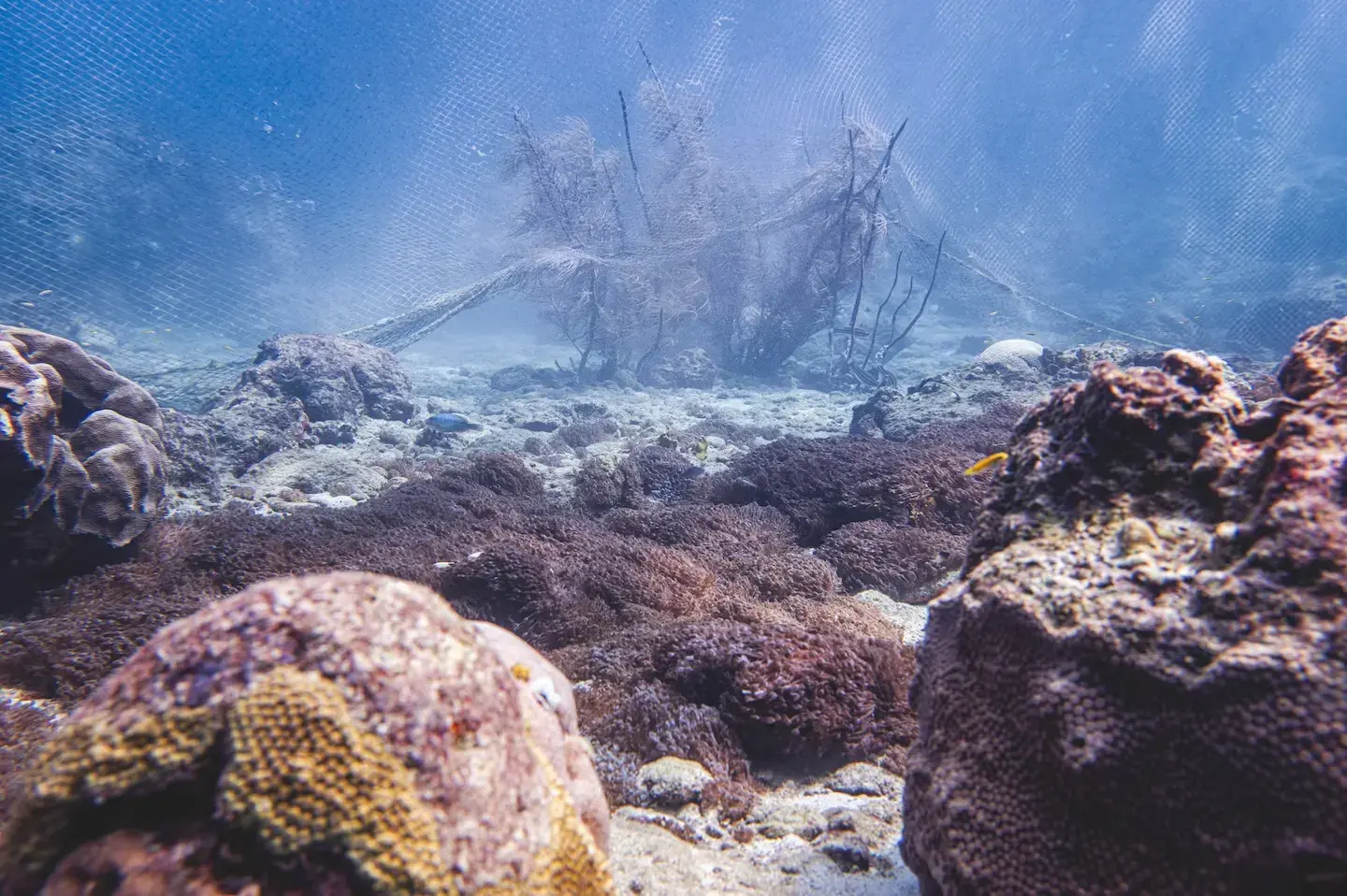
A coral gun
To avoid that problem, Jorge García, an industrial designer and boat captain, has been working on developing machines to help save native corals.
On a recent afternoon, García aimed his contraption, an ultrasound gun, at a cluster of Unomia growing on a native coral. After he pulled the trigger, an ultrasound wave unmoored a cluster of the invasive species before García sucked it up with another machine, releasing a strong fishy smell.
García became involved in the quest to fight Unomia after learning about its devastating effects from Ruiz-Allais and his team. Given his background as an industrial designer specializing in machine building, he decided to come up with better ways to remove Unomia.
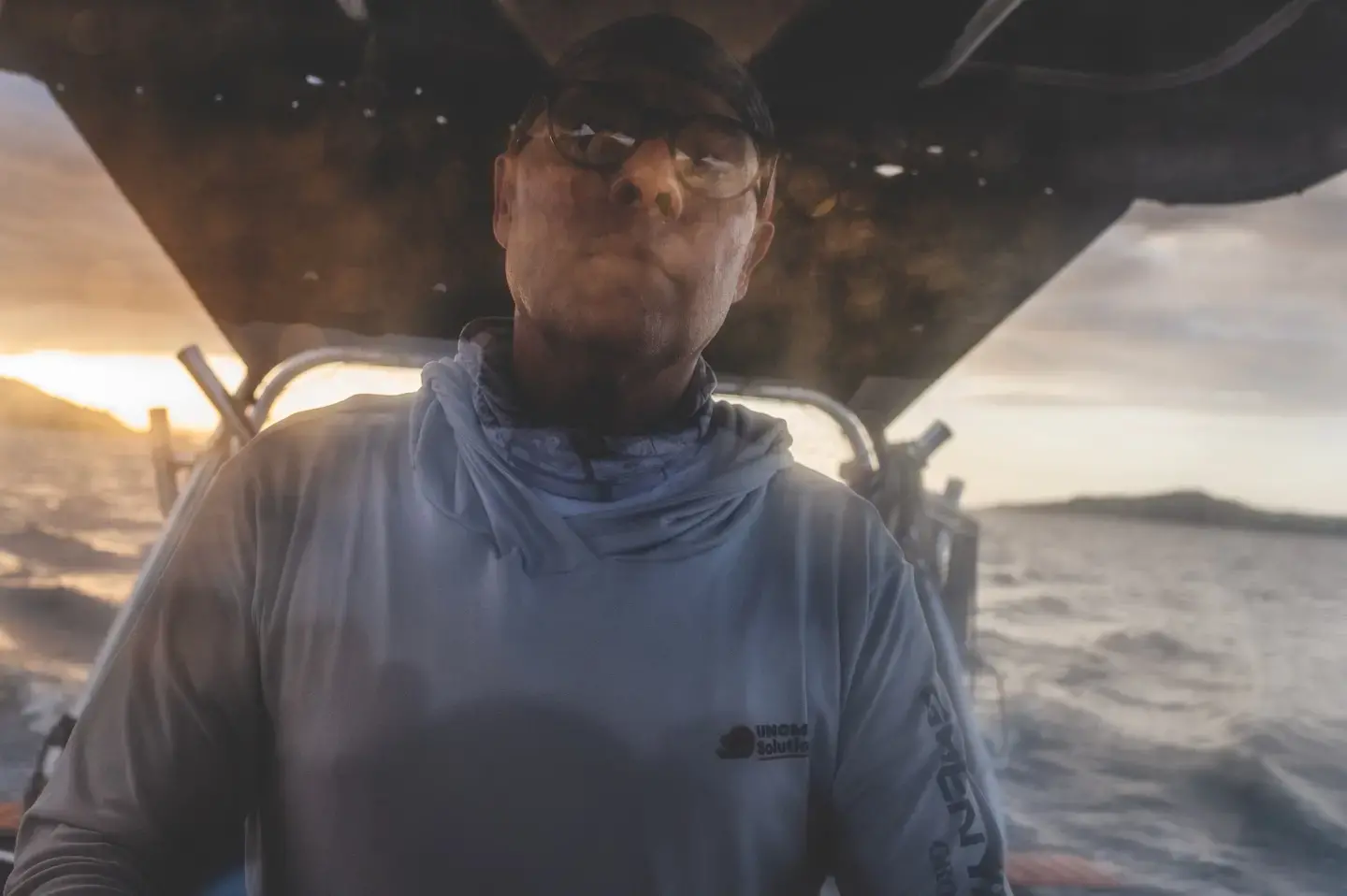
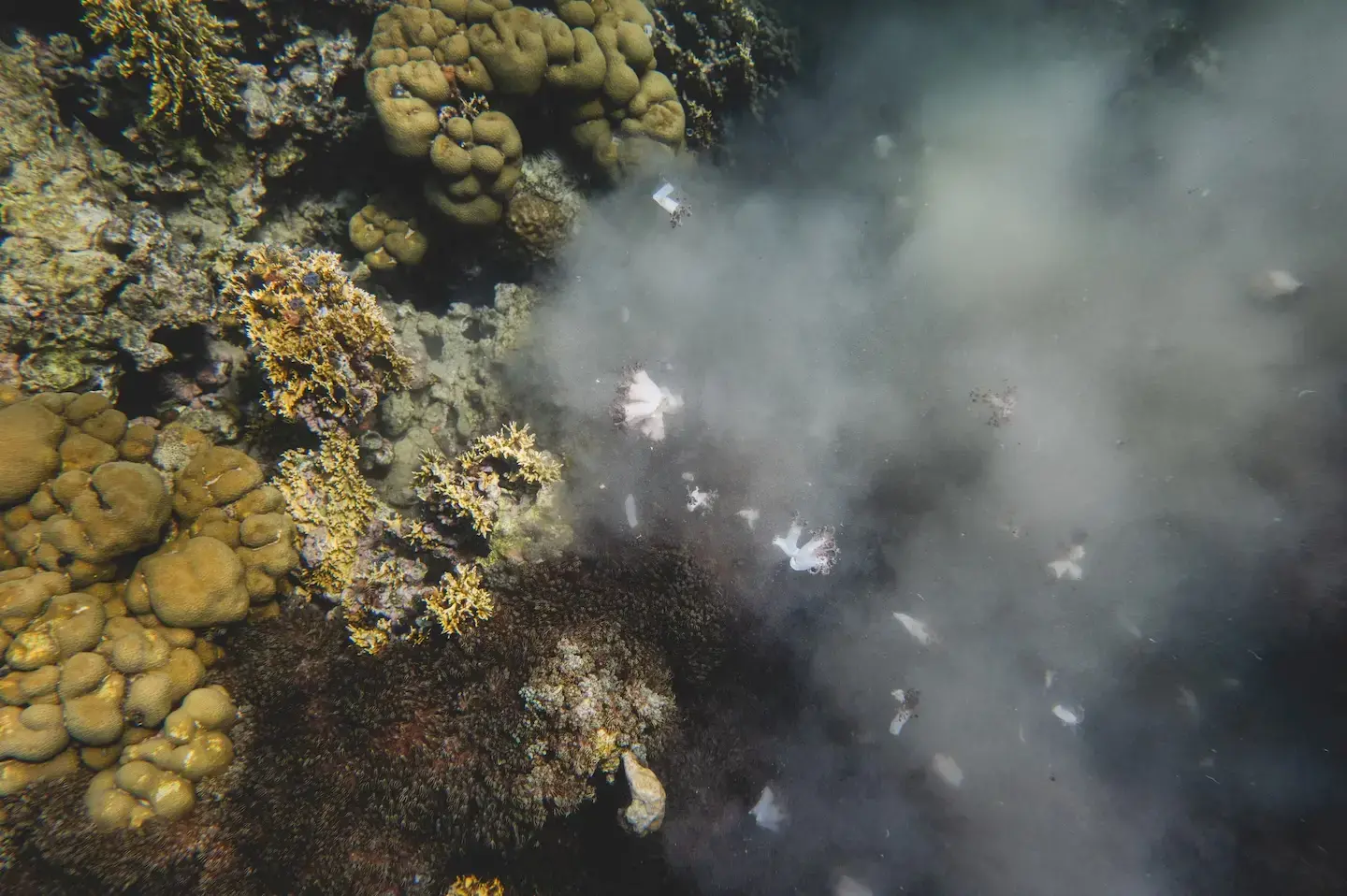
García, who owns a vessel rebuilding company, Grenyachts, also had the funds to do it, overcoming another major obstacle in fighting Unomia. So far, he has spent almost $1 million out of pocket, which he expects to make back by renting out the machinery to international organizations and governments that may want to remove Unomia in the future. That includes Venezuelan officials, who already granted him permission to carry out some of his research.
With his current setup, he can clean one square meter, or around 10 square feet, of Unomia-covered native coral in one minute, compared to the hour or more it would take a professional diver to do it.
“This is a fight for decades, generations,” he said.

An invasive business
Meanwhile, Project Coralien, a group of marine biologists and chemists that has received some government funding to research Unomia, is looking at another way of overcoming the lack of funds. The group is trying to find a commercial use for the coral, so harvesting it becomes a business.
One idea is to make it into a waterproofing material or a fluorescent material similar to rhodamine, a dye used in biotechnology. So far, these ideas seem promising, but to test them out, the team needs a molecular magnetic resonance imaging machine to separate Unomia’s chemical compounds and determine their specific uses.
Rubén Machado, who heads the atomic energy department at the Venezuelan Institute for Scientific Research, remembers a time when the country had seven such machines. Now they have none. Once the government defunded research institutions, the equipment was not maintained and became obsolete. Looters vandalized and damaged one of the machines.
Replacing the equipment is expensive — and complicated. Foreign companies are subject to sanctions when doing business in Venezuela, so its makers are reluctant to sell it to the researchers. Álvaro Álvarez, Project Coralien’s chief chemist, wrote a letter to the United Nations authorities who oversee sanctions, asking for an exception. So far, he has received no answer.
Machado says his group will keep trying because he believes making Unomia profitable is the only way to eradicate it.
“The possibility is there,” he said. “But we need to be able to prove it.”










